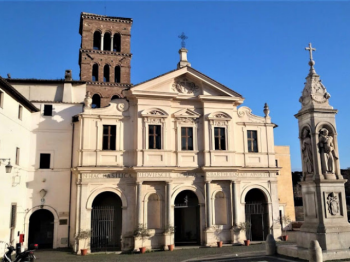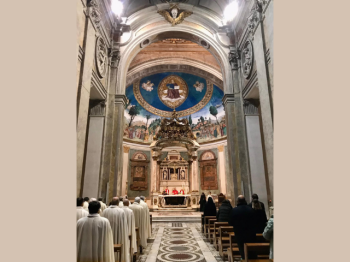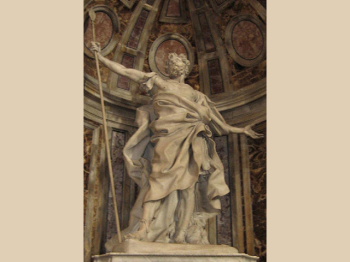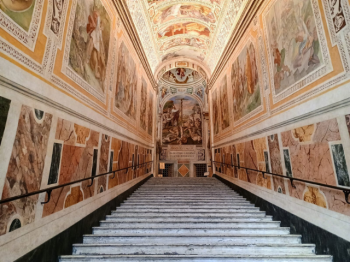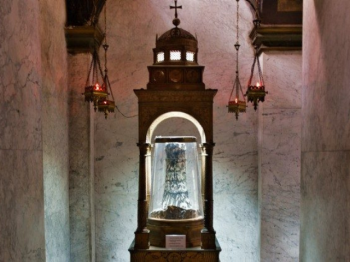The Holy Land in Rome
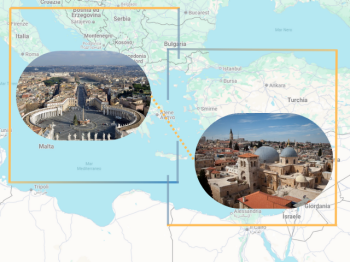
The Jubilee in Rome has been an alternative to Jerusalem as a destination since 1300. We asked Antonio Olivié, Director of the Rome Reports television agency and author of a breathtaking documentary on the Holy Land in the Eternal City, to describe a pilgrimage route following in Christ's footsteps in the heart of the universal Church.
Since December 24, the Catholic Church has been celebrating a special year to commemorate the 2025th anniversary of the birth of Christ. The Jubilee is part of a tradition within the Church that can trace its origins to Jewish culture, with Jerusalem as the centre, since it was there that Jesus Christ was crucified. The pilgrimage to Rome is more recent, commencing 725 years ago.
In history, Pope Boniface VIII proclaimed the first Jubilee in Rome in 1300. His decision was no accident, nor the result of any particular insight; instead, it was driven by circumstances. In 1291, nine years prior, the last stronghold of the Christian presence in the Holy Land, Acre, had fallen into the hands of Muslims. Therefore, the road to Jerusalem became unsafe for pilgrims, as they would have risked being enslaved in a territory where they were considered infidels.
The current situation in the Holy Land, which has been marked by violence since 2023, makes Israel once again a country not easy for travellers. For 725 years, Rome has hosted and been enriched by the relics and objects related to Christ’s life and Passion. Therefore, a pilgrimage to the Eternal City can be consdered a pilgrimage to the New Jerusalem, where the Order of the Holy Sepulchre has played a decisive role in preserving the traces of our faith.
The loss of Jerusalem as a Christian territory was preceded by the fall of Constantinople in 1453, which added another chapter to the historical context. The Ottoman conquest of this territory led to many of the relics stored in the city’s temples to be taken to various Italian cities, particularly Rome.
Therefore, the capital of Christianity today preserves the relics of the nails used in Christ’s crucifition, the cross, the lance that pierced His side, the column where He was scourged, and Jesus’ manger in Bethlehem. There are also the steps of the staircase from Pilate’s palace that Jesus probably ascended before being condemned to death, as well as soil from Jerusalem brought to Rome by Saint Helena.




